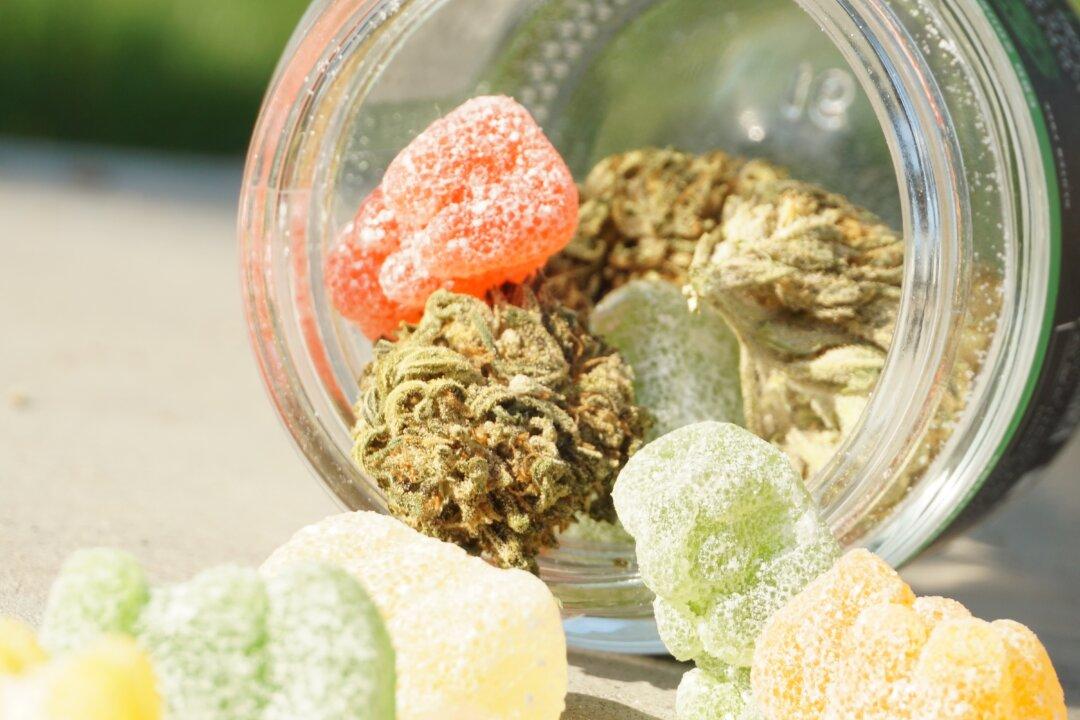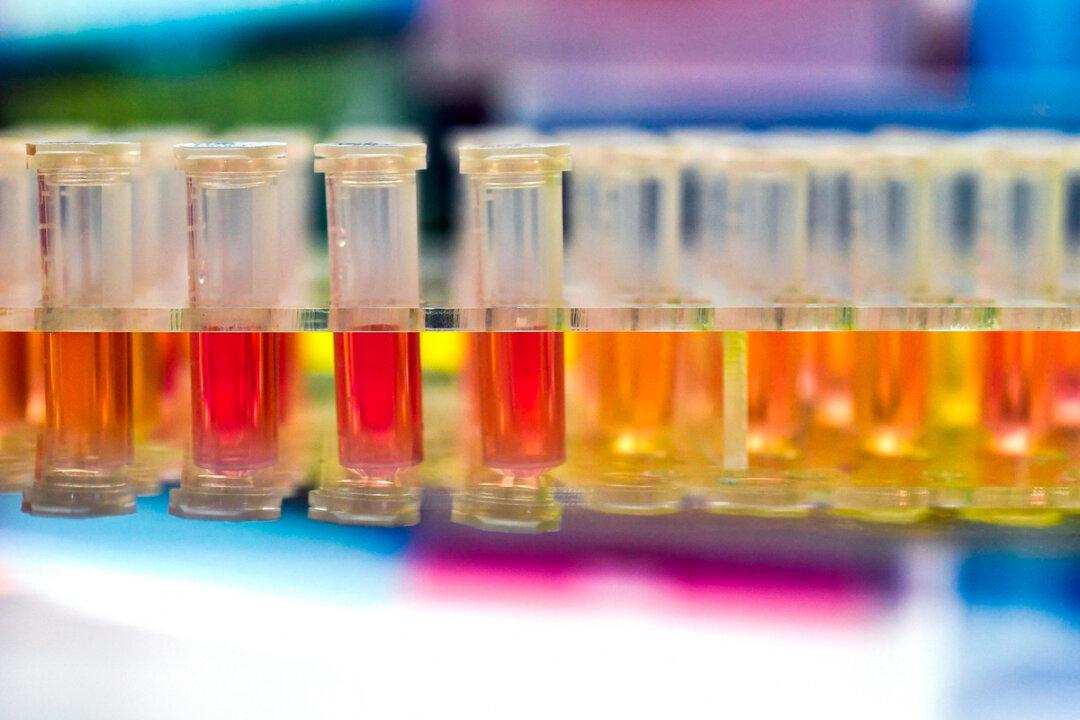Big things are happening for the humble marijuana (or cannabis) plant. On July 21, Senate Majority Leader Chuck Schumer (D-NY) introduced a bill to legalize marijuana at the federal level with Senators Ron Wyden (D-Ore.) and Cory Booker (D-N.J.).
Booker released a statement on the bill on July 21, saying this can undo the damage done by the War on Drugs.






